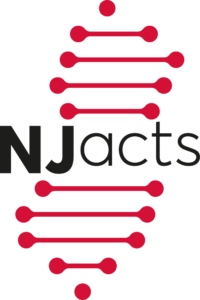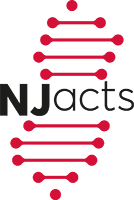 Please read Dr. Maturana’s article in the Journal of Virological Methods titled, “Local and systemic administration of AAV vectors with alphaherpesvirus latency-associated promoter 2 drives potent transgene expression in mouse liver, kidney, and skeletal muscle.”
Please read Dr. Maturana’s article in the Journal of Virological Methods titled, “Local and systemic administration of AAV vectors with alphaherpesvirus latency-associated promoter 2 drives potent transgene expression in mouse liver, kidney, and skeletal muscle.”
Viral vectors have emerged as effective gene transfer platforms that support the development of novel therapeutics and vaccines. Viral vectors exhibit distinct safety profiles, tissue tropisms, and packaging capacity. While adeno-associated virus (AAV) is generally considered to be safe and non-pathogenic and exhibits a favorable immune response compared to other vectors, its capacity for gene transfer remains limited (i.e., <4.9 kb). Furthermore, its capacity to deliver exogenous genetic material is reduced by half (to ∼2.4 kb) when used in self-complementary (double-stranded DNA) AAV vector systems. Efforts to increase the carrying capacity of AAV and thus broaden its potential for use in therapeutic applications have included the use of truncated transgenes and AAV co-transduction strategies using dual or triple vector systems. Other approaches include the miniaturization of constitutive promoters for example, a hybrid promoter containing the cytomegalovirus (CMV) early enhancer and the truncated chicken β-actin (CBA) promoter (miniCBA; 800 bp) and a hybrid truncated CBA fused to minute virus of mine (MVM) intron (CBh; 800 bp). However, these small promoters are highly susceptible to transcriptional silencing over time. To read the full article.
Local and systemic administration of AAV vectors with alphaherpesvirus latency-associated promoter 2 drives potent transgene expression in mouse liver, kidney, and skeletal muscle. Maturana CJ, Chan A, Verpeut JL, Engel EA. J Virol Methods. 2023 Apr;314:114688. PMID: 36736702 DOI: 10.1016/j.jviromet.2023.114688
